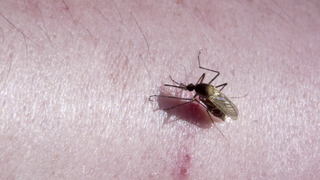Earth
ID: 4581
Malaria is a major problem in the Amazon where malaria mosquitoes tend to prefer wet, hot areas with more standing water. Seasonal occupational movement along rivers and in forested areas increases transmission and concentrates malaria in specific regions.
The objective of Malaria Project, an ongoing study led by William Pan and Ben Zaitchik, is to develop a detection and early warning system for malaria risk in the Amazon. Using data from NASA satellites and a Land Data Assimilation System (LDAS), the scientists hope that their research can help health officials pinpoint where to deploy resources and what resources to deploy during a disease outbreak.
By incorporating NASA data such as precipitation, soil moisture, air temperature, and humidity into their new system, scientists are better able to predict where malaria-spreading mosquitoes are breeding. These climate factors in conjunction with a population density and human movement model will help scientists better understand where and when people are at high risk for malaria. The malaria warning system will predict outbreaks and simulate response to help a country's health care system to more strategically determine where to deploy their resources.
Visualizations focus on Peru, one of the central areas of malaria transmission in the Amazon. Four LDAS data sets -- precipitation, soil moisture, air temperature, and humidity are illustrated below. Combined with public health data, the animations show how these factors may affect the outbreak and evolvement of the disease.





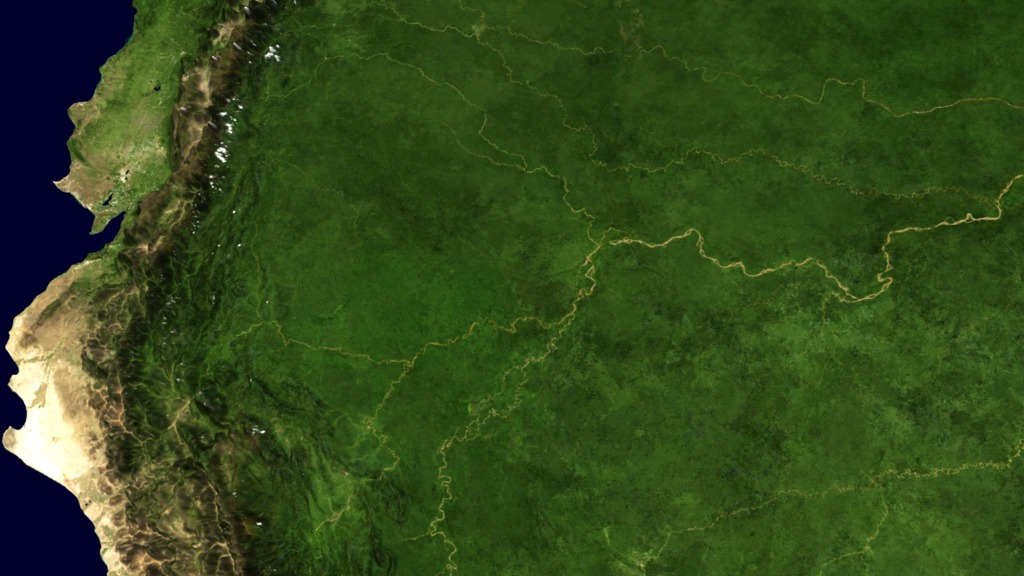
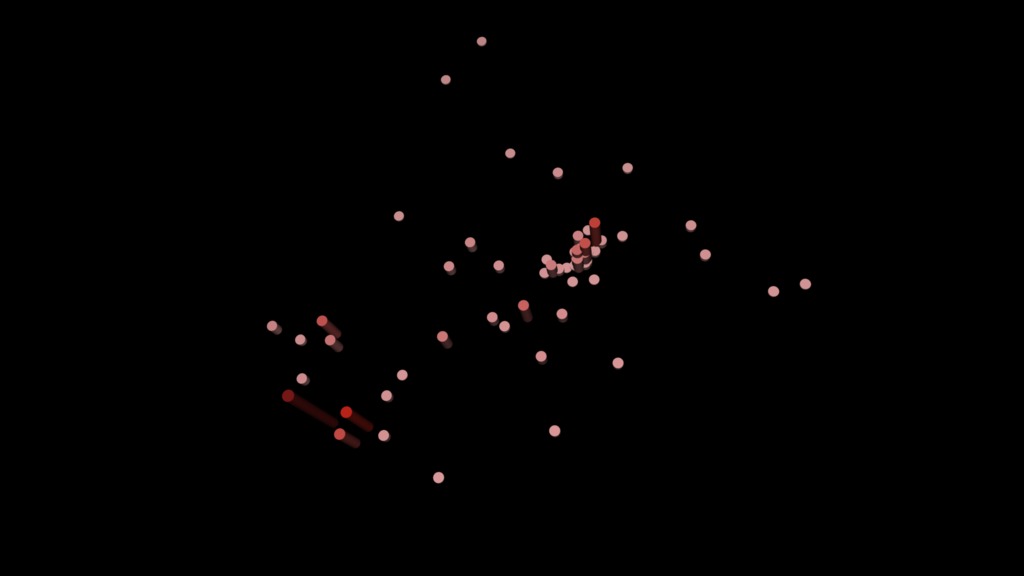

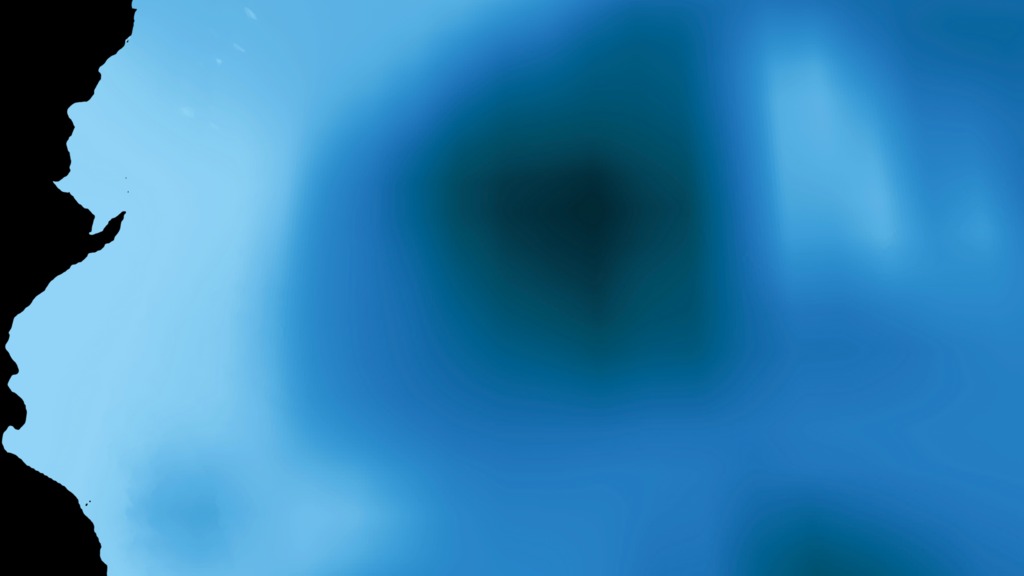
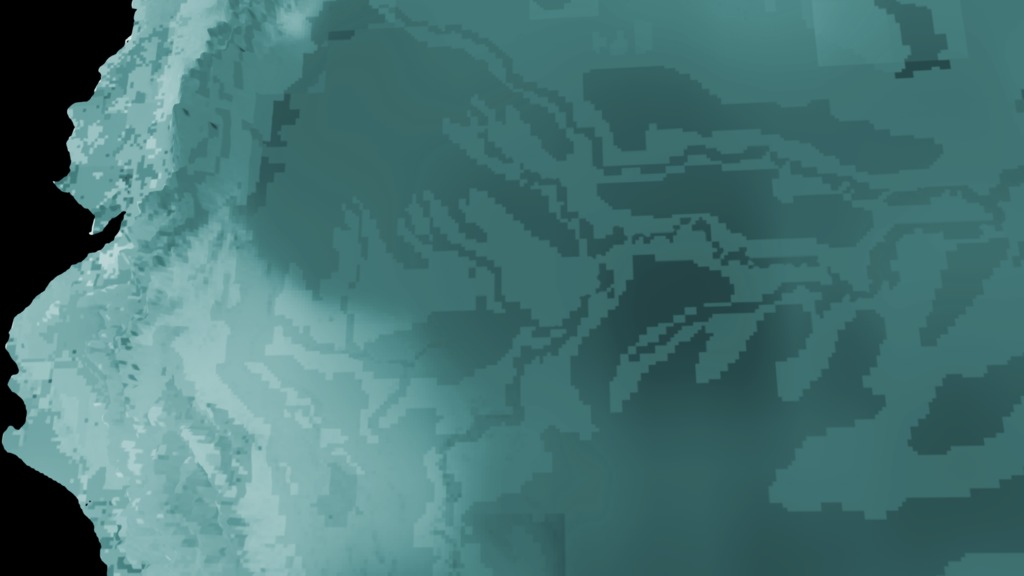
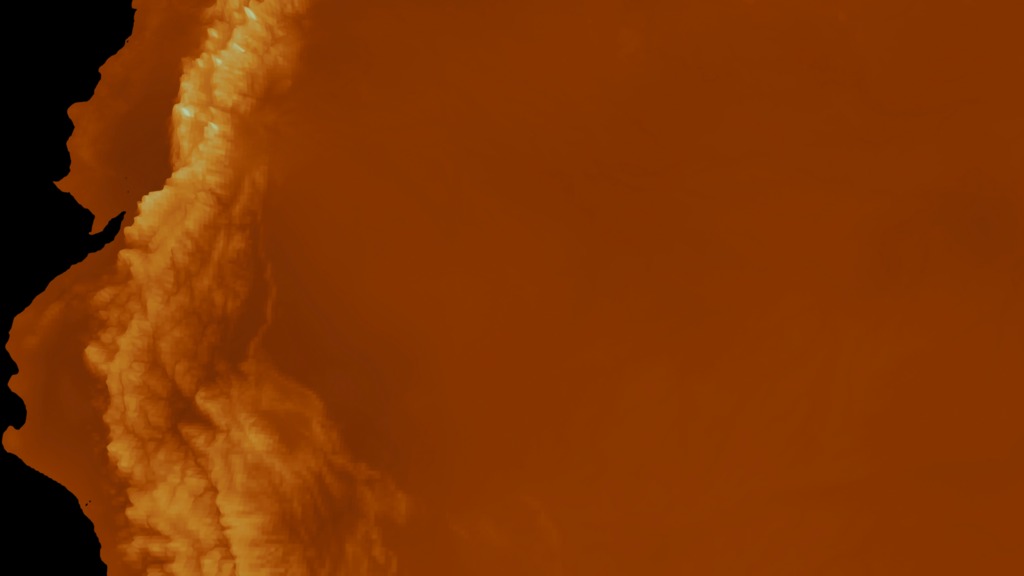



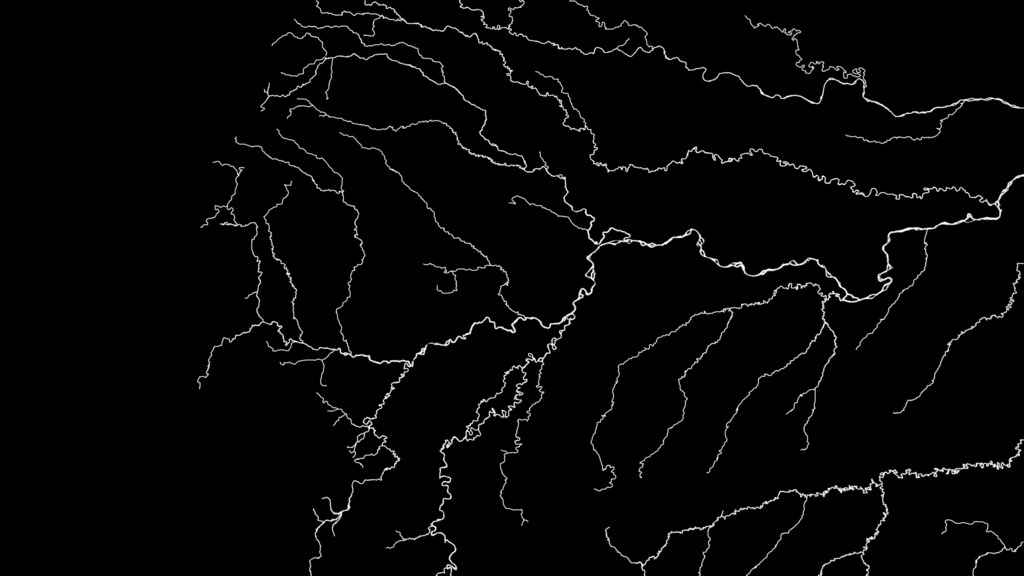
Using Satellite and Ground-based Data to Develop Malaria Risk Maps
The objective of Malaria Project, an ongoing study led by William Pan and Ben Zaitchik, is to develop a detection and early warning system for malaria risk in the Amazon. Using data from NASA satellites and a Land Data Assimilation System (LDAS), the scientists hope that their research can help health officials pinpoint where to deploy resources and what resources to deploy during a disease outbreak.
By incorporating NASA data such as precipitation, soil moisture, air temperature, and humidity into their new system, scientists are better able to predict where malaria-spreading mosquitoes are breeding. These climate factors in conjunction with a population density and human movement model will help scientists better understand where and when people are at high risk for malaria. The malaria warning system will predict outbreaks and simulate response to help a country's health care system to more strategically determine where to deploy their resources.
Visualizations focus on Peru, one of the central areas of malaria transmission in the Amazon. Four LDAS data sets -- precipitation, soil moisture, air temperature, and humidity are illustrated below. Combined with public health data, the animations show how these factors may affect the outbreak and evolvement of the disease.















Used Elsewhere In
Visualization Credits
Cheng Zhang (USRA): Lead Visualizer
Horace Mitchell (NASA/GSFC): Visualizer
Greg Shirah (NASA/GSFC): Visualizer
Joy Ng (USRA): Lead Producer
Ryan Fitzgibbons (USRA): Producer
William Pan: Lead Scientist
Ben Zaitchik (Johns Hopkins University): Lead Scientist
Samson K. Reiny (Wyle Information Systems): Writer
Laurence Schuler (ADNET Systems, Inc.): Technical Support
Ian Jones (ADNET Systems, Inc.): Technical Support
Horace Mitchell (NASA/GSFC): Visualizer
Greg Shirah (NASA/GSFC): Visualizer
Joy Ng (USRA): Lead Producer
Ryan Fitzgibbons (USRA): Producer
William Pan: Lead Scientist
Ben Zaitchik (Johns Hopkins University): Lead Scientist
Samson K. Reiny (Wyle Information Systems): Writer
Laurence Schuler (ADNET Systems, Inc.): Technical Support
Ian Jones (ADNET Systems, Inc.): Technical Support
Please give credit for this item to:
NASA's Scientific Visualization Studio
NASA's Scientific Visualization Studio
Short URL to share this page:
https://svs.gsfc.nasa.gov/4581
Data Used:
Note: While we identify the data sets used in these visualizations, we do not store any further details nor the data sets themselves on our site.
Keywords:
SVS >> Earth
SVS >> Hyperwall
NASA Science >> Earth
https://svs.gsfc.nasa.gov/4581
Data Used:
Terra and Aqua/MODIS/Blue Marble: Next Generation also referred to as: BMNG
Credit:
The Blue Marble data is courtesy of Reto Stockli (NASA/GSFC).
The Blue Marble data is courtesy of Reto Stockli (NASA/GSFC).
Land Data Assimilation System (LDAS)
Model - NASAalso referred to as: health-post level dataset
Observed Data - Duke University
The malaria data set is not public.
Credit:
William Pan
William Pan
Keywords:
SVS >> Earth
SVS >> Hyperwall
NASA Science >> Earth
